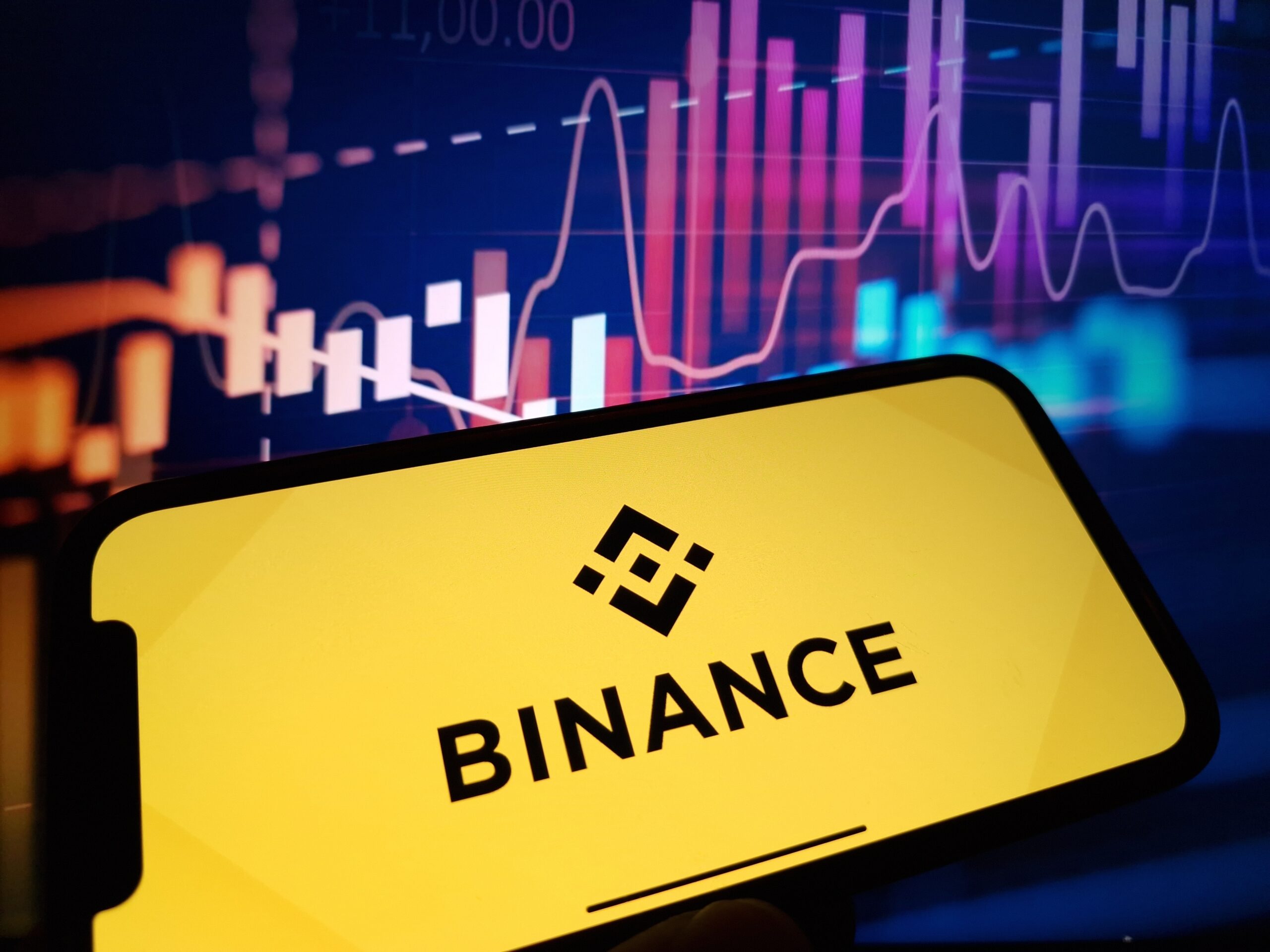Key Insights:
- Binance boosts fund security by shifting $1 billion in SAFU to USDC, a stablecoin backed by the US dollar.
- Transition to USDC aligns Binance with top financial practices, increasing investor confidence amid regulatory scrutiny.
- Binance’s strategic asset shift to USDC sets a new standard for exchanges, prioritizing stability and compliance.
Binance Holdings Ltd announced the complete conversion of its Secure Asset Fund for Users (SAFU) to Circle’s USDC, a stablecoin backed by the US dollar. This decision enhanced the fund’s stability and reliability, securing it against the inherent volatility of cryptocurrency markets.
The conversion involved the reallocation of 16,277 Bitcoins and 1.36 million BNB coins into USDC, thus maintaining the SAFU fund’s value at $1 billion. Established in 2018 by CEO Changpeng Zhao, SAFU has been a critical feature that distinguishes Binance from other exchanges, providing a layer of protection to its vast user base against potential threats, such as digital theft.
Response to Regulatory Environment and Market Conditions
The transition to USDC comes at a time when the crypto industry faces increased scrutiny from regulators worldwide. Following events like the collapse of Terra Luna UST and the FTX exchange, regulatory bodies have tightened measures across the sector. Binance itself was subject to a substantial $4.3 billion fine for breaches in US financial regulations, emphasizing the need for compliance and stability in its operations.
USDC is recognized for its transparency and reliability. It has been audited by trusted American institutions, which likely influenced Binance’s decision to adopt it for the SAFU fund. Significant financial entities, including BNY Mellon, Visa, and BlackRock, utilize the stablecoin, showcasing its acceptance and trust across the financial industry.
Strategic Impact on Binance’s Operations
This shift of SAFU assets to a stablecoin like USDC is expected to play a crucial role in Binance’s strategy to attract and reassure both retail and institutional investors. Particularly, this move could be pivotal as Binance prepares to re-enter stringent markets like India, where compliance with local financial regulations is critical for operational approval.
Moreover, the re-entry into the Indian market marks a significant step for Binance, following its previous suspension due to non-compliance with local regulations such as the Financial Intelligence Unit (FIU) guidelines and the Prevention of Money Laundering Act (PMLA). By settling a $2 million fine and signaling strict adherence to regulatory norms, Binance aims to reestablish its presence in one of the world’s most rapidly growing crypto markets.
Future Outlook for Binance
As Binance repositions itself in global markets that demand high regulatory compliance, the safeguarding of user assets through stable investments like USDC could serve as a standard for other exchanges striving to enhance user protection and meet regulatory expectations. This strategy not only helps in mitigating risks associated with asset volatility but also aligns Binance with broader financial practices that are essential for fostering trust and stability in the eyes of global investors.
In anticipation of the upcoming Bitcoin halving and the potential market fluctuations associated with it, Binance’s decision to anchor its SAFU in a stablecoin underscores its commitment to user security and market leadership. As the cryptocurrency landscape continues to evolve, Binance’s proactive measures in asset management and regulatory compliance are likely to enhance its competitive edge and set benchmarks in the industry for financial security and operational resilience.
This strategic maneuver underscores Binance’s readiness to navigate the complexities of global financial regulations while reinforcing its capacity to protect and stabilize its assets amidst the dynamic conditions of the cryptocurrency markets.
This maneuver underscores Binance’s readiness to navigate the complexities of global financial regulations while reinforcing its capacity to protect and stabilize its assets amidst the dynamic conditions of the cryptocurrency markets.
Editorial credit: Piotr Swat / Shutterstock.com
